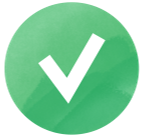AI & automation in outreach: Scaling link building with APIs and bots
The SEO landscape is constantly evolving. As we welcome a new era of AI-powered results and zero-click search, traditional link-building remains a critical, albeit resource-demanding, ranking factor.
Despite the search landscape rapidly changing, Google still generates a staggering 93.05% of all site traffic, with most of this originating from the classic ‘blue links’ we see in a search result.
As a link builder, it’s your job to propel your website to the top of those search results by building authority and trust in Google’s algorithm. This includes securing high-quality, contextually relevant backlinks that signal to Google that your content is a credible source worth ranking.
The question is, how do you secure powerful links in such a competitive landscape? There are a number of challenges associated with achieving quality links, ranging from increased scrutiny, more competition, rising link costs, and a focus on relevance.
In fact, the link-building process is now considered the most difficult part of search optimization by just under half of all SEO experts, with more than 36% of businesses hiring freelance outreachers to help secure success.
However, what if we told you there was another way to achieve quality outreach leads without outsourcing the work? As we welcome AI lead generation into the SEO world, it has since opened up new opportunities for link-builders to score frequent, high-quality links.
With this in mind, let’s take a closer look at some of the ways AI can transform an outdated outreach process as we reveal how you can use APIs and bots to redefine your link-building strategy in 2025.
Is the outreach process outdated?
Building quality links has never been harder. As the competition to score powerful leads hits up, it could be time to review your own cold outreach process and determine whether it is effective enough to generate replies from high-quality domains.
Traditional outreach is historically resource-heavy. From email crafting to prospecting and follow-ups, link-building lead generation alone is a full-time job for many SEO teams.
Following a traditional outreach strategy, marketers must first search for their prospects in a sea of qualifiable domains and then craft personalized emails for each and every prospect in order to raise the chance of a reply.
Did you know that it takes around eight days to go from an outreach email to a successfully acquired backlink?
This is why it is no surprise that 73% of marketers who engage in link-building gain fewer than 10 links per month.
This said the outreach process is beginning to evolve. As we welcome artificial intelligence into the marketing sector, SEO experts are beginning to automate their outreach strategies for maximum lead generation potential.
In fact, in 2024, reports showed that 86% of SEO professionals had integrated AI into their strategy, and we’re positive that there are more to follow.
Could AI transform the outreach process?
From automating lead segmentation to predictive performance scoring, there are plenty of AI-powered tools on the market that aim to streamline and scale your link-building strategy.
With this in mind, let’s take a closer look at some of the key roles AI can play in the outreach process:
Smart segmentation
AI-powered prospecting tools such as Apollo and Clearbit help SEOs drive their outreach targets into easily targetable groups.
You can choose your own set of criteria, but prospects tend to be segmented based on industry, site authority, location, and more.
This ensures that your outreach messages reach the right target, increasing your chances of a reply and reducing wasted effort on poorly matched backlink leads.
Natural language generation for personalization (GPT models)
Drafting personalized emails for each and every link-building prospect takes time and effort. AI-powered GPT models cut that process in half, utilizing natural language generation to help SEOs create highly personalized outreach messages at scale.
Instead of relying on traditional generic templates, GPT models like ChatGPT can be used to craft custom emails tailored to topics and themes relevant to your recipient.
Predictive performance scoring
Another use case of AI in the lead generation process is its ability to estimate the likelihood of success for an outreach attempt.
Using historical data, a blog’s domain authority, and even past response rates, AI can analyze and prioritize prospects that are more likely to interact with your outreach message.
Better still, predictive performance scoring frees up time for SEOs to focus on connecting with high-potential leads, boosting your overall campaign ROI.
APIs for outreach automation
APIs play a significant role in scaling your link-building outreach by enabling integration between each data source, your CRM, and your email platform.
APIs like Hunter and Snov make it twice as easy to segment, personalize, and send outreach emails at scale, increasing consistency across each and every one of your campaigns.
AI is certainly redefining the outreach process. With the ability to automate segmentation, predict high-quality lead opportunities, and help transform personalized email content, marketing teams can send messages to double the number of prospects half of the time.
Scaling link building with APIs and bots
Now that we’ve learned more about the capabilities of AI lead generation let’s take a deeper dive into how you can put this technology into practice.
There are two stages associated with the outreach process: the prospecting phase and the outreaching phase.
If you’re smart, you can use AI to enhance both ends of the process. You can mine and qualify backlink prospects using APIs (Application Programming Interfaces) before setting up automated email sequences with intent-driven triggers powered by bots.
Here is what your prospect discovery phase and outreach phase could look like with an AI integration:
Stage one: API-powered prospect discovery
If you want to tap into rich, real-time data sources during your prospect discovery phase, you need to start using APIs.
An API is simply a set of rules and specifications that allows for seamless integration between different software applications, platforms, and channels. Essentially, APIs act as an intermediary, enabling data exchange between each platform without the need for direct code access.
Here are three key areas APIs come in handy:
- Search engine results pages (SERPs): APIs like SERPStack can be used to extract target keywords from ranking URLs in a Google Search result. This is ideal for prospecting, as these types of APIs can surface blogs, directories, journals, and more for the best results for your outreach stage.
- Social platforms (LinkedIn, X/Twitter): If you’re on the hunt for active industry voices, journalists, or even influencers discussing your target topic, LinkedIn and Twitter APIs help you find prime prospects for linkable assets.
- Website & domain databases: Tools like SE Ranking’s Backlink Checker, SEMrush, and Hunter.io are experts at revealing who’s linking to your competitors. If you’re launching a new outreach campaign, it’s also worth using a domain name search tool to secure a relevant and branded domain—especially if you’re running campaigns under a separate microsite or outreach alias.
With the ability to leverage data from all prospect discovery channels, API-powered AI lead generation is a game changer if your team is strapped for time.
Stage two: Bot-driven outreach
Once you’ve constructed your prospect list, you can also leverage AI to streamline and scale your outreach efforts.
This is where we’d recommend introducing a bot to your SEO outreach strategy to automate time-consuming tasks such as mass follow-ups and active link tracking.
Outreach bots are programs designed to automate repetitive tasks without sacrificing personalization. Here’s how to implement them in your next link-building campaign:
- Timed follow-ups: One of the best features offered by outreach bots like Mailshake and Lemlist are scheduled automated follow-ups. Not only do these take the pressure off of your outreach team, but by using AI to track prospect behavior (e.g., no reply after 3-5 days), these bots know exactly when to follow up on your link request. Better still, leveraging natural language processing, bots can also mimic natural cadence, helping your team boost response rates without needing to personalize follow-ups for each lead manually.
- Link status monitoring: If your link is accepted and made live on a domain, bot tools such as Screaming Frog are dedicated to running periodic checks to ensure they’re still active. AI-powered bots accomplish this by crawling pages and flagging removed or broken links (404 errors). This enables you to proactively reach out to recover lost backlinks.
- A/B testing outreach emails: The most successful outreach campaigns are A/B tested. Testing different subject line variations, calls-to-action, and even message structures is the key to boosting your response rate long-term. Bots like Smartlead and Woodpecker streamline the A/B testing process by running automated tests on outreach campaigns in real-time. In fact, these types of AI-powered bots can monitor open/reply rates and automatically optimize campaigns based on performance, allowing you to achieve the best results.
Bot-driven systems are experts at keeping your link-building engine running while freeing you up for strategy and relationship-building.
5 Tools & APIs for SEO pros
In order to streamline their outreach efforts, SEO experts continue to lean on AI-powered SEO tools in 2025.
With the ability to enrich contact data, personalize email content, and even manage your follow-ups for you, scaling your link building with APIs and bots is a no-brainer.
Here are five standout tools and APIs that can supercharge AI lead generation and improve your link-building workflow:
During the research phase, SE Ranking’s API is the perfect prospecting partner. Providing you with direct access to backlink, keyword, and competitor data, you can queue your outreach campaign based on domain authority, relevance, and competitor success.
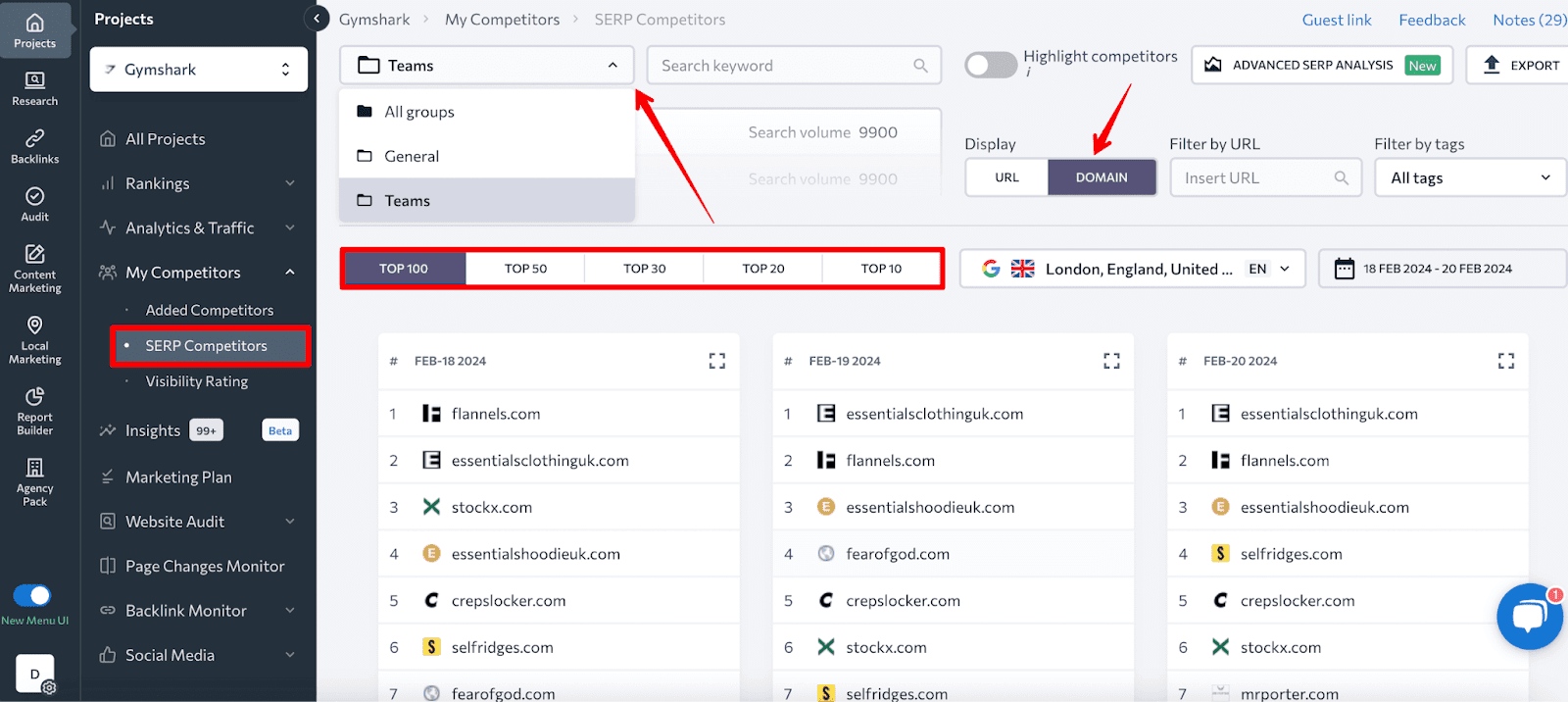
SE Ranking can be integrated into your internal CRM or prospecting platform to flag new backlink opportunities from competitors and automatically prioritize outreach based on the best chances for response.
Better still, SE Ranking allows you to build custom dashboards for numerous outreach campaigns and track backlink status over time, making it easy to keep on top of 404 errors and respond quickly when placements are removed.
2. Clearbit API
Clearbit’s API is a great tool to add to your arsenal if you’re looking to enhance your outreach targeting.
Clearbit focuses on leveraging data on real-time company information, individual employees, and their market position. This data enrichment tool goes as deep as firmographics and even gives you data on company social profiles.
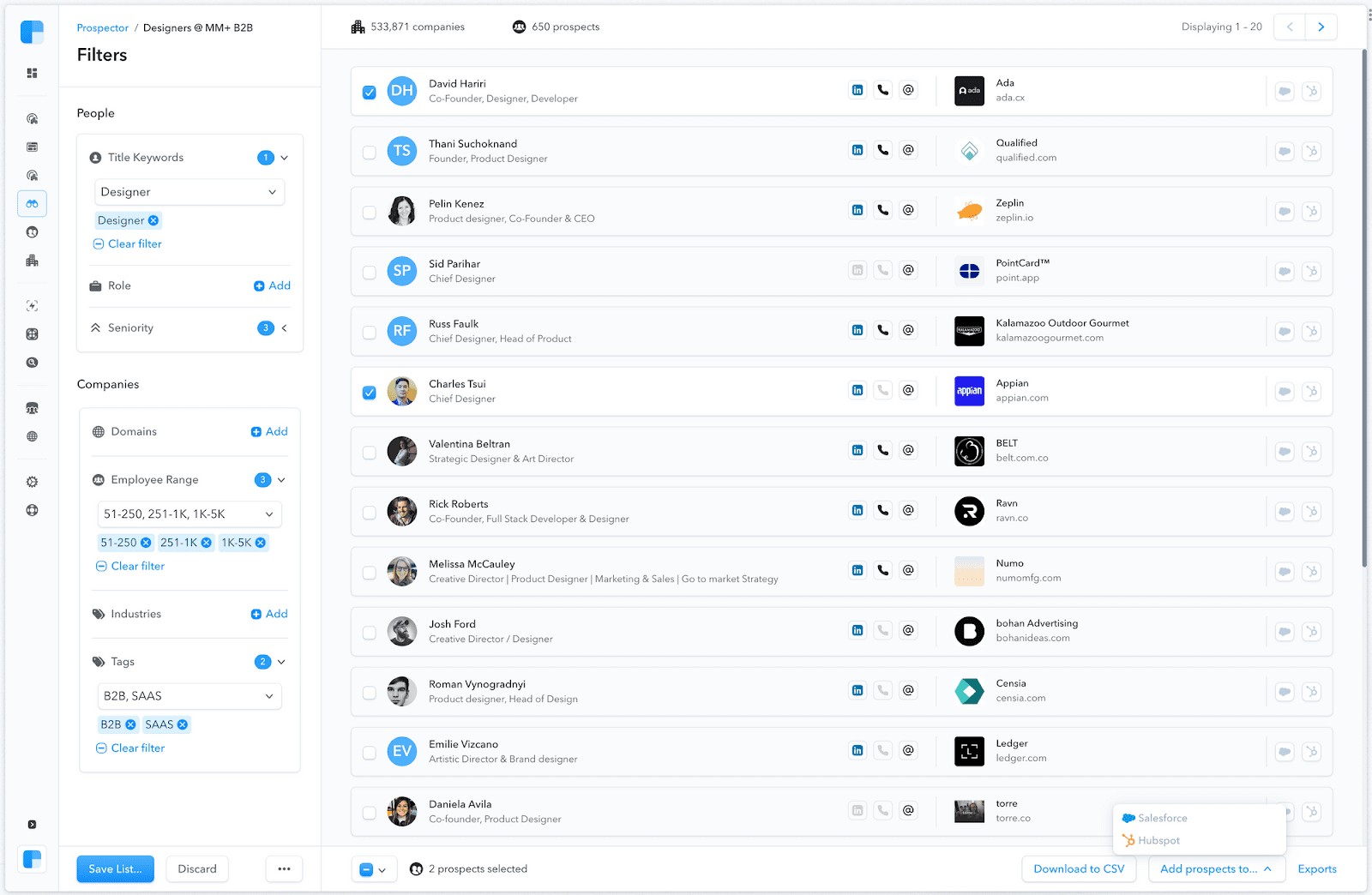
(Image Source: Clearbit)
For link builders, this means you can quickly qualify your prospects and segment your outreach lists with ease. Better still, Clearbit also integrates easily with popular CRM and outreach tools, allowing you to automate workflows that trigger based on enriched lead data.
3. ChatGPT
ChatGPT is one of the most commonly used APIs by SEO professionals. Ideal for a large-scale outreach campaign, GPT models can be used to personalize each and every communication you have with target domains/publications.
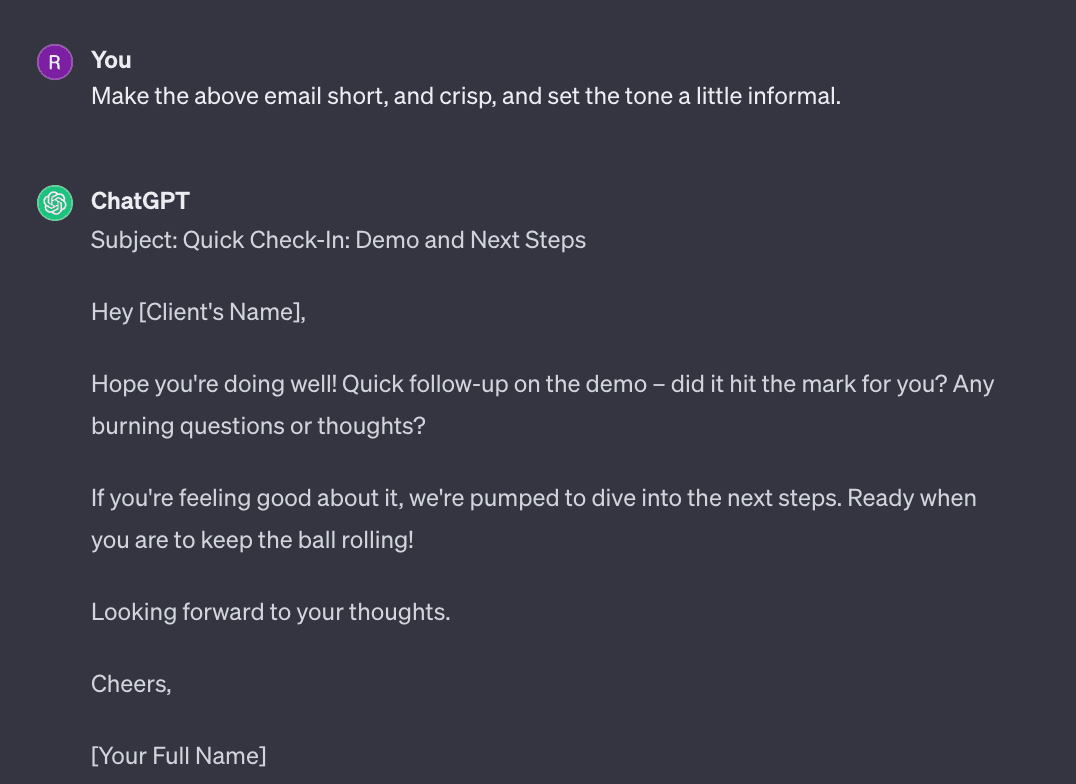
(Image Source: ChatGPT)
With the ability to integrate ChatGPT into your workflow, you can tailor subject lines and rephrase follow-ups to address specific topics/themes relevant to your lead.
Better yet, ChatGPT is free to use, rendering this tool the best addition to your outreach content strategy. This said the key here is to gather inspiration from GPT-powered templates before constructing your own human-first content to ensure that your brand tone remains consistent.
4. Apollo
Apollo’s API is a game-changer when it comes to contact enrichment. Acting as an all-in-one prospecting platform, Apollo gives you access to verified email addresses, job titles, and company info, all at the click of a button.
We’d recommend using Apollo to enrich your prospect lists and discover the best lead to send an outreach message to when targeting a specific domain.
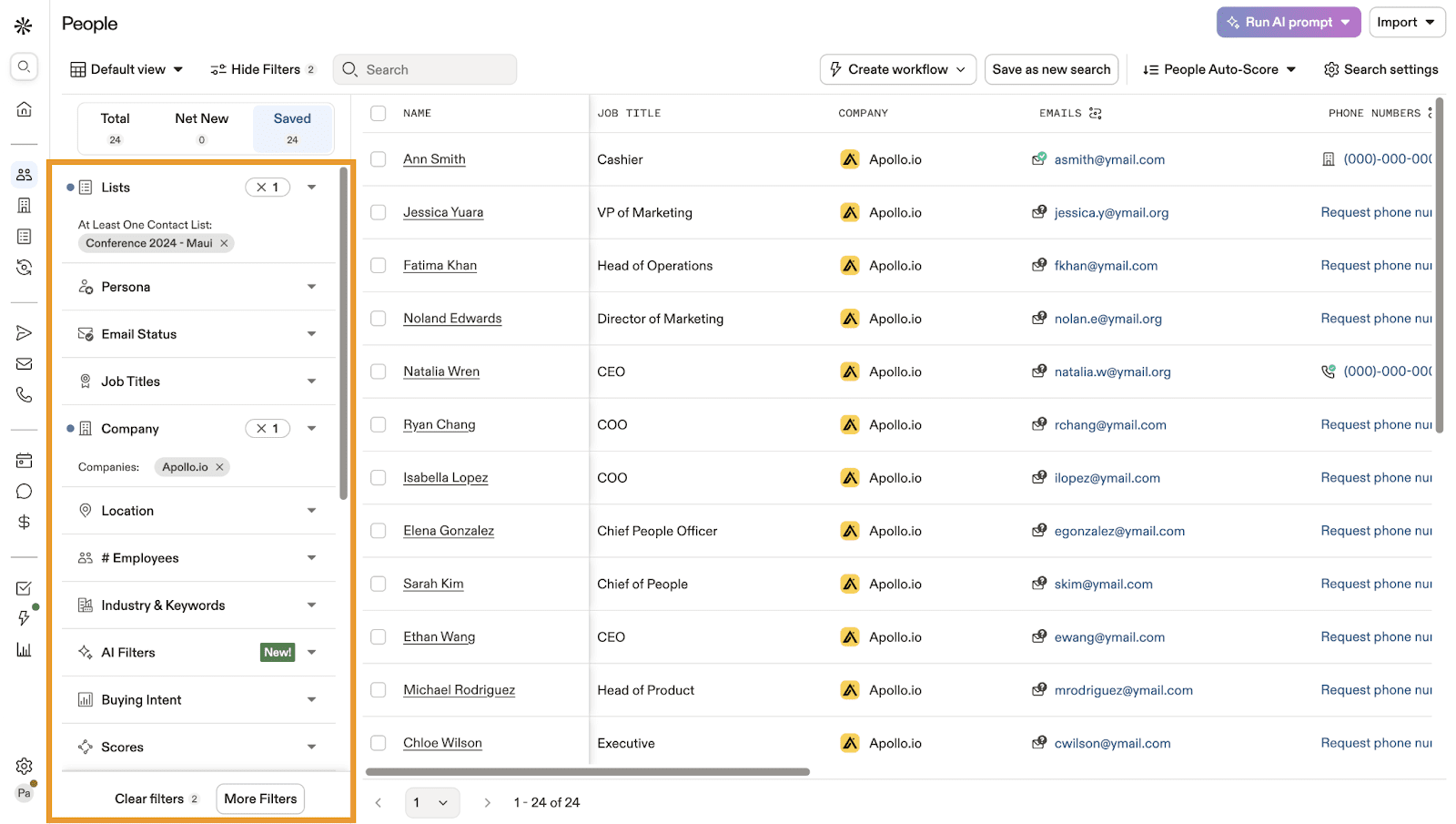
(Image Source: Apollo)
When using Apollo, you can also conduct your entire outreach campaign from within the platform itself. Once you have selected your target prospect, you can send a personalized, automated email from Apollo without crossing over to your mailsuite.
5. Closely
Closely can be used to help you automate your follow-up process. This API is especially popular with link-builders hoping to connect with prospects on LinkedIn.
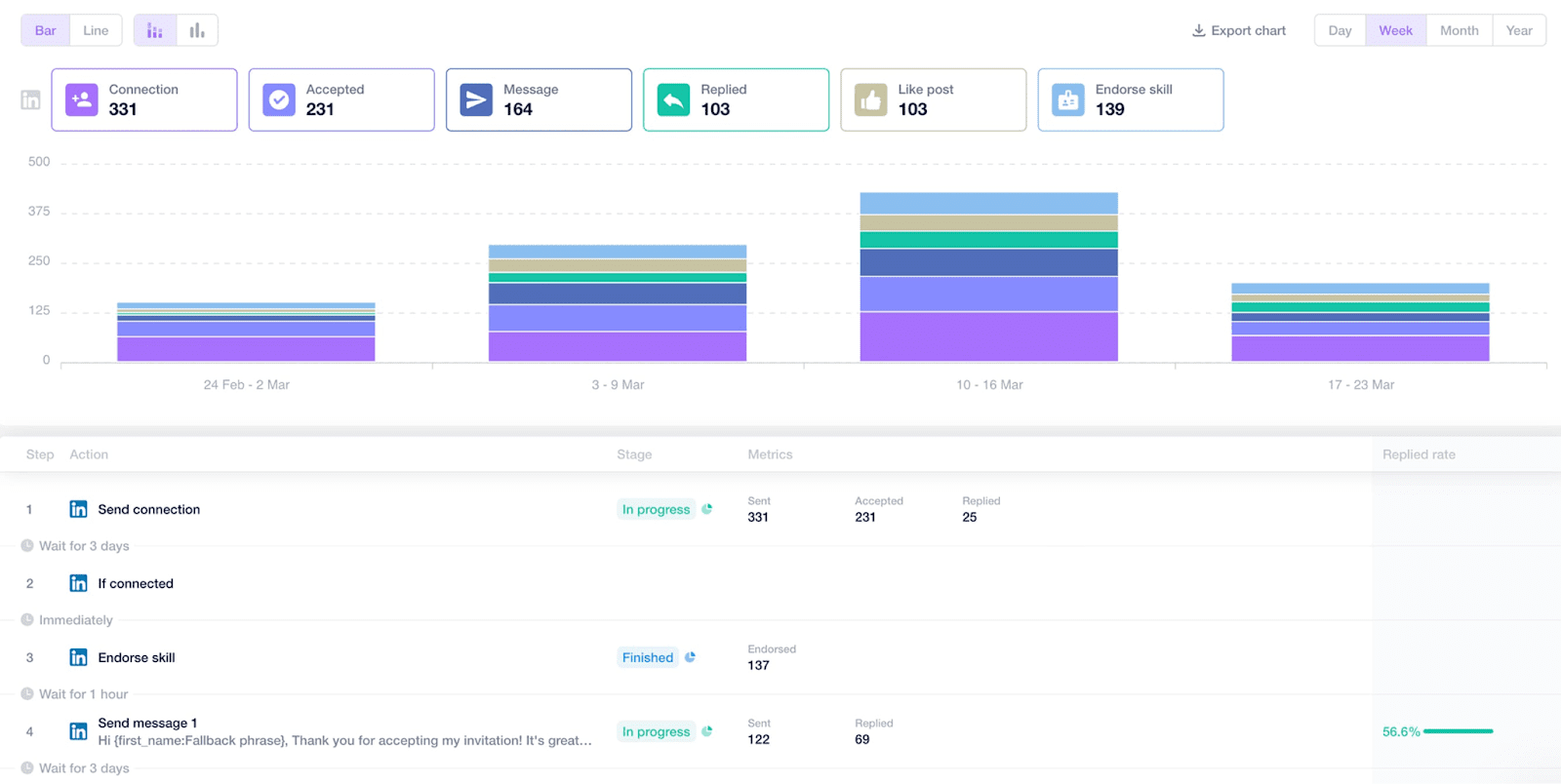
(Image Source: Closely)
You can use Closely to manage multi-touch campaigns with minimal manual input. This API is a master at generating personalized responses so you don’t have to, ensuring your outreach process remains consistent and efficient.
Conclusion
There’s no doubt that AI and automation are reshaping what’s possible in link-building outreach.
As the competition to score powerful leads continues to rise, it’s becoming increasingly complex to build links manually, especially if your team is strapped for time.
Automating certain areas of your outreach process can help your team execute its most successful link-building campaign yet. Whether this is API-powered prospecting, AI lead generation, or bot-driven follow-ups, there are plenty of ways to use AI to your advantage as an SEO professional.
With this in mind, it may be time to review your own outreach strategy and decide whether you could also benefit from integrating APIs and bots into your next campaign.

